calsfoundation@cals.org
CSS Arkansas
During the Civil War, the Confederate navy’s ironclad vessel bearing the state’s name was the ram CSS Arkansas. It was in use only twenty-three days, yet earned the rage of the Union and the respect of the Confederacy.
The Confederate navy’s task to defend rivers from its better-equipped adversary’s attacks and blockades required the building of vessels capable of meeting the challenge. To this end, on August 24, 1861, the navy ordered two ironclads from Memphis, Tennessee, shipbuilder John T. Shirley; one was christened the CSS Arkansas. The CSS Arkansas’s keel was laid in October 1861, with work continuing through the winter. While the vessel was under construction, news arrived that Union naval forces were en route to capture Memphis. Evading the enemy, on April 26, 1862, the CSS Arkansas was towed under the command of Lieutenant Charles H. McBlair to a site below Memphis and above Vicksburg, Mississippi, into the Yazoo River, and then to Greenwood, Mississippi. Its sister ship, not yet seafaring, was burned in the shipyard to avoid capture by the enemy.
In May, Lieutenant Isaac Newton Brown was ordered to assume command of the CSS Arkansas “to finish and equip the vessel.” When he arrived, Brown found framework without armor, pieces of engines, no gun carriages, and railroad iron armor at the bottom of the river. Recovering the iron, Brown had the CSS Arkansas towed to the Yazoo City Navy Yard, where it underwent five weeks of construction. Boilerplates, not curved armor as intended, ended up on the pilothouse and stern, while thirty-six-foot dovetailed railroad iron was placed on its sides. Ten guns—broadside, forward, and aft—provided firepower. Eyewitnesses called it rust colored, but it was painted brown to match the color of the Mississippi River. The ship operated with 232 officers and men, between fifty and sixty of whom Brown had rounded up, referring to them as his “Missouri Volunteers,” including some Arkansas residents who had enlisted in Missouri units.
In mid-July 1862, with the Yazoo River falling, Brown was ordered to the defense of Vicksburg. Getting under way, the vessel was delayed en route as steam had leaked into the forward magazine, rendering the gunpowder there useless until dried. With repairs made just in time, it engaged three Union gunboats hunting for it. Damaging two and chasing the fleeing third, the CSS Arkansas emerged into the Mississippi River to find Admiral David Farragut’s twenty-ship squadron at anchor blockading Vicksburg. Taking an offensive position, the CSS Arkansas stormed firing into their midst, arriving damaged but afloat at the Vicksburg port. Its losses were twelve killed and eighteen wounded, with the commander among the latter. Union losses on the Yazoo River were eighteen killed, fifty wounded, and ten missing; Farragut’s Mississippi losses were five killed and nine wounded. Brown was promoted to the rank of captain for his actions and was ultimately awarded the Confederate Medal of Honor.
A Union admiral sought retaliation, but Vicksburg batteries kept his fleet at bay while repairs were made, leaving the Union navy to abandon Vicksburg. A wounded Brown was moved to Grenada, and first officer Lt. Henry K. Stevens took command.
The CSS Arkansas was next ordered to Baton Rouge, Louisiana, in support of land forces. Nearing Baton Rouge on August 6, 1862, it engaged the Union ironclad Essex, one of the vessels that attacked it at Vicksburg. Engine failure caused its collapse. Dead in the water and drifting to shore, it was abandoned, scuttled, and set afire. Drifting downstream, it exploded and sank.
Today, the CSS Arkansas rests roughly at the same location but under a levee 1.4 miles south of the auto/rail bridge below Free Negro Point, 690 feet past river mile 233. Its ensign (naval flag) is displayed at the National Civil War Naval Museum in Columbus, Georgia. “Naval history records few deeds of greater heroism or higher professional ability than this achievement of the Arkansas,” reads the August 16, 1862, report of Confederate secretary of the navy Stephen Mallory of the CSS Arkansas.
For additional information:
Gauthreaux, Alan G. “Lost in the Fog of War.” Civil War Times 49 (April 2010): 54–59.
Konstam, Augus. Mississippi River Gunboats of the American Civil War, 1861–1865. New York: Osprey Publishing Company, 2002.
McClinton, Oliver Wood. “The Career of the Confederate States Ram Arkansas.” Arkansas Historical Quarterly 7 (Winter 1948): 329–333.
“The Rebel Gunboat Arkansas.” New York Tribune. July 31, 1862, p. 1.
Rose, F. P. “The Confederate Ram Arkansas.” Arkansas Historical Quarterly 12 (Winter 1953): 333–339.
Smith, Myron J. The CSS Arkansas: A Confederate Ironclad on the Western Waters. Jefferson, NC: McFarland, 2011.
Still, William N., Jr. Iron Afloat: The Story of the Confederate Armorclads. Nashville, TN: Vanderbilt University Press, 1971.
John Spurgeon
Bella Vista, Arkansas
 Civil War Markers and Memorials (Outside Arkansas)
Civil War Markers and Memorials (Outside Arkansas) Civil War Timeline
Civil War Timeline Military
Military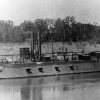 Steamboats (Civil War)
Steamboats (Civil War)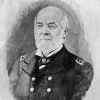 USS Arkansas (Civil War)
USS Arkansas (Civil War) Isaac Newton Brown
Isaac Newton Brown 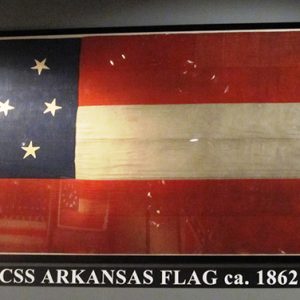 CSS Arkansas Flag
CSS Arkansas Flag 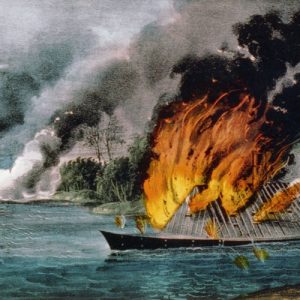 CSS Arkansas
CSS Arkansas 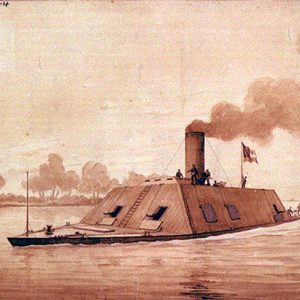 CSS Arkansas
CSS Arkansas  CSS Arkansas
CSS Arkansas  CSS Arkansas
CSS Arkansas 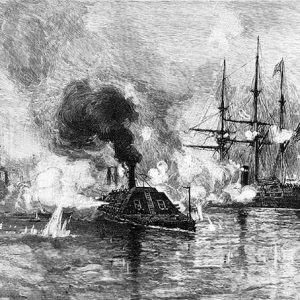 CSS Arkansas
CSS Arkansas 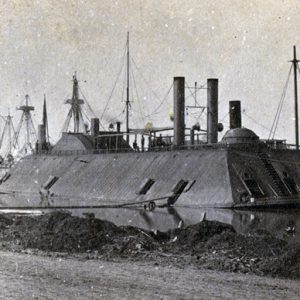 USS Essex
USS Essex 




One of the larboard side-gun commanders on the CSS Arkansas was nineteen-year-old 1st Lt. William Pratt Parks. (The entry on him is here: https://encyclopediaofarkansas.net/entries/william-pratt-buck-parks-1733/). Parks was commander of Hoadley’s Battery. After completing his tour aboard the CSS Arkansas as one of the volunteers, he returned to shore duty at Vicksburg. He also served as OIC of the Lower River Battery above Vicksburg and sank the USS Cincinnati. Capt. Parks is buried at Lewisville, Arkansas, at Clifton Grove.